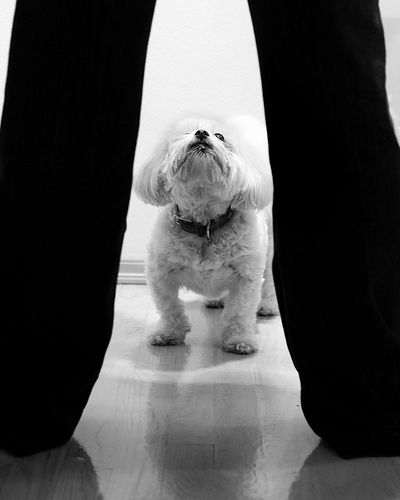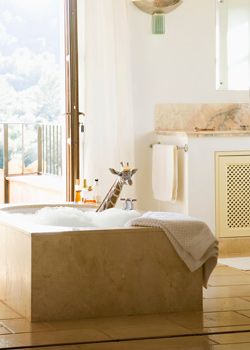Many of you know that I am currently seeking funding for the pet parenting school, an online animal school to help keep companion animals in their homes and out of shelters.
Someone recently left a comment that they didn’t know the difference between pet parenting and pet training.
That is the point. People don’t know about pet parenting which is why animals end up in shelters.
Pet parenting is a lifestyle adjustment and coaching that takes place before formal training starts.
Yes, pet training can be part of an entire program but the problem is that people keep making the same mistakes and animals keep ending up without homes because they cycle hasn’t been broken.
Although a lot of people think the information is getting out to the masses, it clearly isn’t.
If it was, most people would be prepared for the animal that enters their home.
They aren’t.
If people had the info they needed they wouldn’t be lamenting about how their pet does X or Y and how it is making them crazy.
Lamenting over puppy or kitten behaviors and the challenges faced because of puppyhood or kittenhood wouldn’t be so common.
The problem people encounter is that their idea of warm and fluffy actually meets the reality of pet ownership when an animal enters the home.
Personally, I know that the reason all babies (of any species) survive is because they are so cute.
It literally saves their butt for a time, until they get older and people get less tolerant.
Take the guy down the street from my friend who just gave away his fifth dog in five years.
Each time the family gets enamored by young puppy they bring it home.
They do nothing to help it adapt to life with humans and reach the end of their rope by the time the animal hits five to six months of age.
Then they hit the, “I can’t deal with this any more” phase and get rid of the animal.
Only to repeat the same process the following year.
I wish I could say this issue is rare but it really isn’t.
There is the problem–it is a cycle.
In this situation, the problem isn’t finances, it is lack of motivation and knowledge.
The problem is with priorities and the failure to understand that it only takes consistent effort and guidelines to keep that animal in the home.
But, the other problem is that most people are not motivated to get the info they need early enough.
It isn’t a training problem, it is a lifestyle problem.
It is an early pet education problem.
So, if you could get the information you needed when you needed it–even if it was at 2am–would you get it? Would you use it?
Hopefully you said yes–and that is the goal of the pet parenting school.
- Get the answers when you need them.
- Get the info nobody else is giving you.
- Save yourself and others a whole lot of anguish before it escalates and the animal ends up in a shelter or on the streets.
Tell me, how that is the same as training? Be sure to sign up for the advance notice for the pet parenting school.
Photo Credit: Alex J Tam



